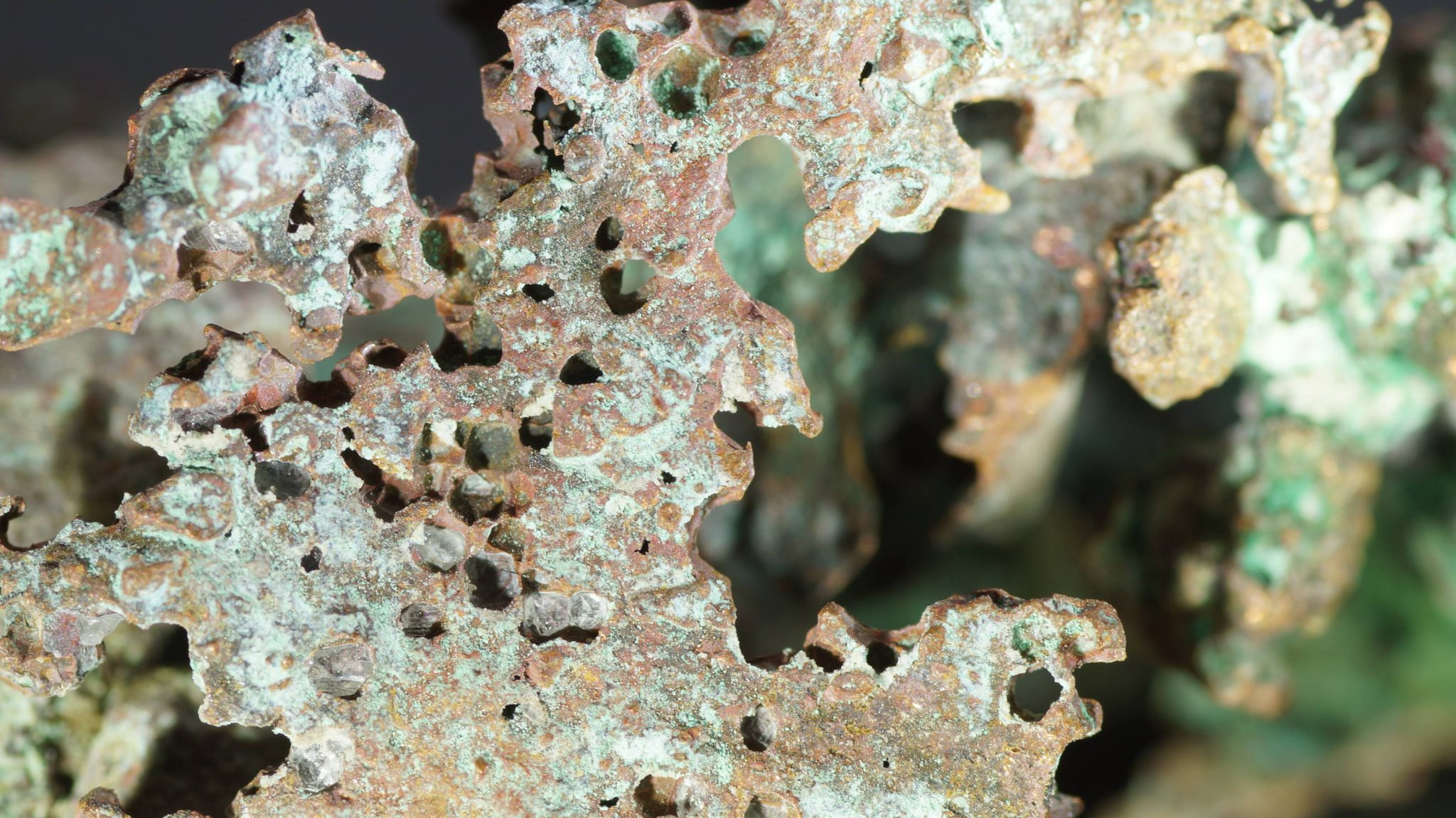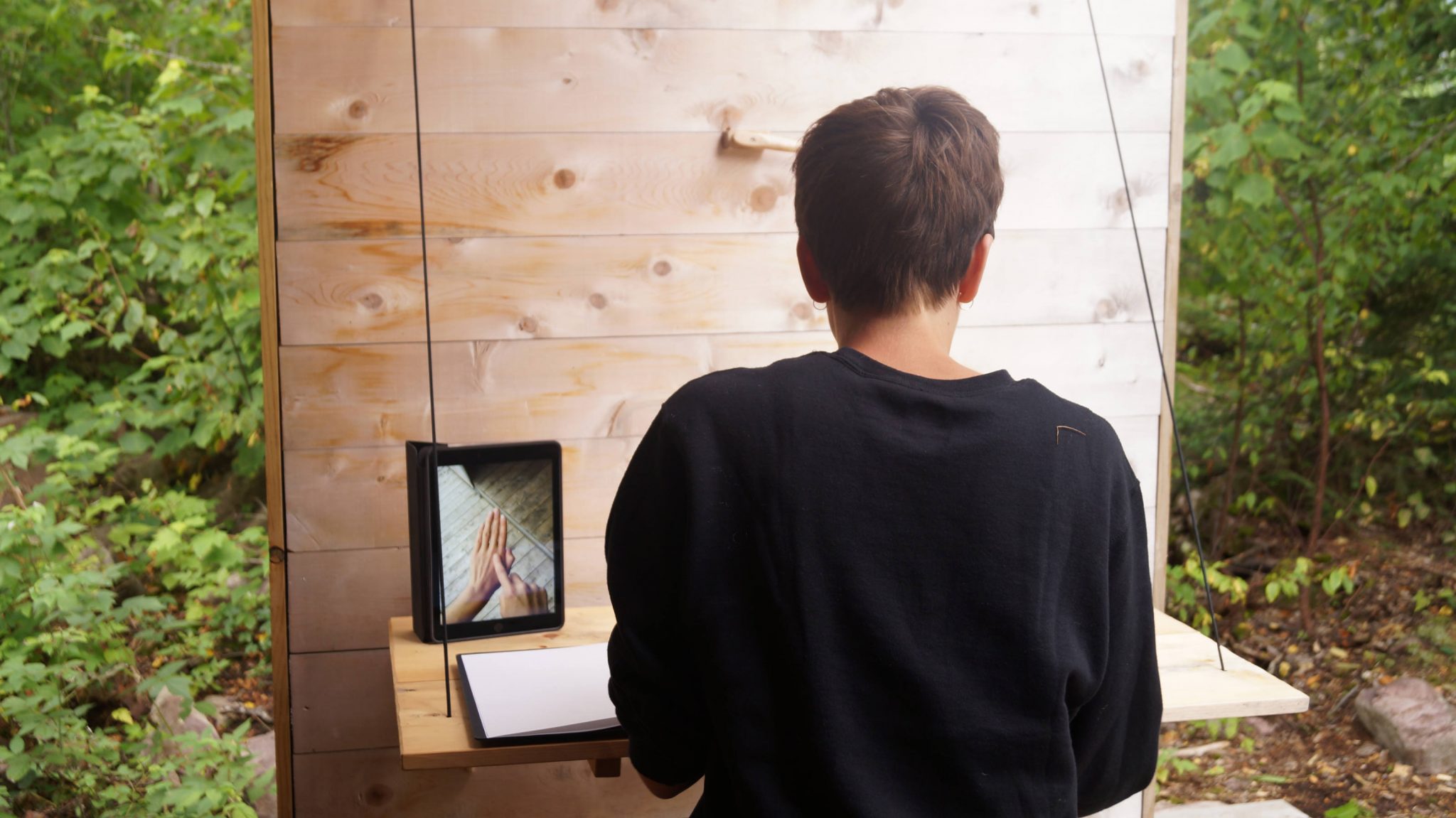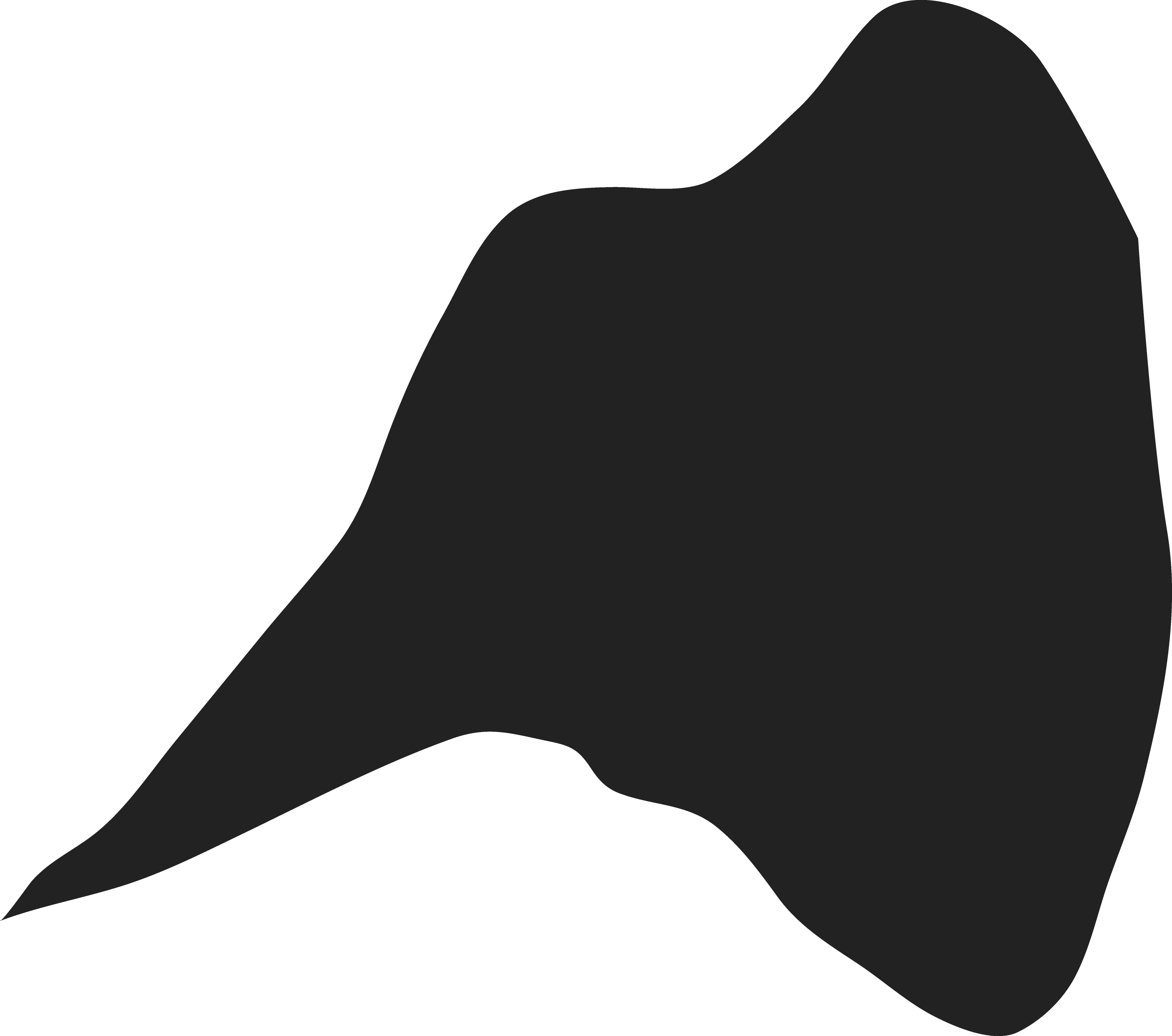Johnson & Pimm are partners who both live and work in London, where they met during an MFA in Fine Art from Goldsmiths College, London. Since 2011 they have collaborated unofficially on each others’ individual projects and officially as two members of MoreUtopia! including a recent solo exhibition at ANDOR, London (2016).
Rachel Pimm works in sculpture, video, writing and performance to make work that explores ecosystems and their materiality, both natural and artificial, often from the point of view of non-human agents, such as plants, worms, water, gravity or rubber. American architect and urbanist Keller Easterling described her recent work Polymethyl Methacrylake as a ‘plastic fossils as the new confetti of empire or geological traces suspended in a matrix of global currents’.
Jasmine Johnson works in video, sculpture and drawing. Recent work explores modes of escape and wildness as a progressive prospect, playing to the propensity of individuals and societies to consult the ‘then’ and ‘there’ for clues for how to negotiate the ‘here’ and ‘now’. An ongoing series of video works stem from encounters that Johnson has had with individuals in different locations (UK, Russia, Lithuania and India) who then become central characters in the work.
Interrelations between an ancient tablet with prophetic instructions and a formula for painting with electricity form the basis of SURFACE NORMALS, a CGI video work and series of copper conductive paintings, which explore recorded manifestations of human presence and time passing on in its widest sense.
SURFACE:
The outside face, the uppermost or most superficial layer, the cosmetic skin of something. To surface is to uncover, or to come to the top.
NORMALS:
Usual, typical, expected state, or a term in geometry which refers to the rising and falling of a level on a plane. In CGI modelling, this is a word describing the approximate value used to calculate the image of surfaces.
In every specific location there is a conflation of histories, economies, mythologies, politics, matter and movement. For Rabbit Island, itself a volcanic remnant of a tectonic shift, these consist as a web of intricately connected links to water, trade routes, national boundaries and the extraction of resources. Mining on the copper rich ridge of the neighbouring Keweenaw Peninsula played a pivotal role in human history and technology, the successful extraction of which played a large part in making Europe rich.
Operating under the Rabbit Island’s policy of ‘leave no trace’, we will respond to the movements and extractions following a local myth that originates from archaeological fragments dated to the Bronze Age rumoured to have been lost along with an unknown quantity of missing copper in the waters of Lake Superior. Among which, the Newberry Tablet (circa 3000 BC, discovered in 1890, Michigan) is said to prove Pre-Columbian contact with Europe and now resides in the Michigan Historical Museum in Lansing.
In 1890, James Scotford, a sign painter from Edmore, MI, claimed he had found a number of artifacts, including clay cups and carved tablets, with symbols on their surfaces resembling hieroglyphics. Nearly 3000 relics appeared to suggest that ancient Near Eastern civilisations had lived in the state of Michigan, evidencing Pre-Columbian contact with Europe. Using trade routes galvanized for mining, Scotford sold and transported the 3000 artifacts out from the area including the Newberry Tablet. One archaeologist translated the symbols on the tablet as an ancient Hittite-Minoan formula for getting good luck from the gods. According to another translation, the symbols were describing a bird eating grain. Most of the relics were widely discredited due to symbols not matching with the Minoan symbols of the period, marks being clearly made by more modern tools, or hieroglyphics with characters that were upside-down. In 1911, Scotford’s stepdaughter signed an affidavit stating that she had actually seen him making the objects. The Newberry Tablet was lost for many years and when it resurfaced, it had evaded such discrediting. The Church of Jesus Christ of Latter-day Saints kept 797 of the objects including the tablet in the Salt Lake City Museum and gave them up to the Michigan Historical Museum in Lansing where they currently reside.
SURFACE NORMALS poses the possible translations of the Newberry Tablet as two viewpoints on this legacy of copper and water, and the ways in which human activity and natural resources are increasingly hybridised: 1. It’s a formula for good luck, 2. It’s about a bird eating grain (or 3. it’s not translatable). We propose to create work that does not leave a trace in the physical makeup of Rabbit Island, but maps onto it a digital path mimicking the flow of water, or the hyperspeed of the conductivity of energy through copper. On our way to Rabbit Island, at the Michigan Historical Museum in Lansing we will photograph the Newberry Tablet from every angle. Using macro photographs and lighting techniques to reveal surface phenomena as light and shadows carve forms into two-dimensional digital planes. Using CGI video and copper conductive paintings we will translate the landscape, conflating the objects of water and copper; into a formula for good luck, or narrative about a bird eating grain.
As ‘peak’ copper mining approaches, it seems prescient to consider the scarcity of natural resources including freshwater and copper, both finite and in decline, and actively fought for in the post-industrial environment of global capitalism. The ‘hyperobjects’ of copper (found in home appliances, telephone communications, the internet) and water, both travel along ancient trade routes established in the Great Lakes around Rabbit Island. Local copper is repeatedly melted and reformed. The hydro cycle of the Great Lakes, feeding rivers and aquifers fluctuate cyclically but are also recently subject to dramatic evaporation and increased demand. Six of the warmest years on record there have occurred in the last decade. Lakeside home owners extend their jetties to reach the ever receding water. Freightliners run aground, forcing traders to lessen their loads, losing billions of dollars per annum.
A formula for good luck: Copper conductive paint is comprised of copper sulphate solution (commonly industrially produced for weeding and keeping algae out of ponds), water heated to 70 degrees celsius and ascorbic acid (vitamin C). The local sourcing of which will comprise part of our field research on Rabbit Island. The formula works through suspension of copper nanoparticles in the solution of water. The application of pressure by a metal tool or a press to paint after it has dried enhances conductivity and durability - a process re-enacting the forces of geology itself, making the surface shine with the familiar glow of copper. Utilising of make-shift technologies for electricity in the off-grid context of Rabbit Island, and providing an immediate medium in which to work with whilst providing a form in order to begin constructing the CGI video. Once the paintings are completed we will experiment with different types of circuitry, to make the copper conductive paint perform (i.e. with lighting or sound).
A bird eating grain has the potential to transport plant life in the form of seeds over oceans and expanses of land. It is an analogy and maps out another perspective, an impossible as-the-crow-flies viewpoint of a migrating animal, the trade path of a cargo vessel or an explorer’s ship, a satellite or drone view over the Great Lakes, an electron in a single amp of conductive energy along a copper path, or a camera in a computer generated image. This second translation has the role of the overview perspective and can ascend and cover unimaginable distances over the landscape, its historicities and its ecosystems.
In SURFACE NORMALS the Newberry Tablet is a location in itself, a world-sized object that exists in multiple time-zones, whether an archaeological forgery or a genuine object imbued with narratives of human and material movement. From the off-grid location of Rabbit Island we utilise the natural resources of water and copper to understand the notion of the wilderness and connectivity as a whole.






